space junk
Latest

NASA confirms its space trash pierced Florida man’s roof
On March 8, a piece of space debris plunged through a roof in Naples, FL, ripped through two floors and (fortunately) barely missed the son of homeowner Alejandro Otero. On Tuesday, NASA confirmed the results of its analysis of the incident.

A satellite designed to inspect space junk just made it to orbit
Astroscale's ADRAS-J satellite will attempt to demonstrate the safe approach and characterization of a space junk target. It launched from New Zealand on Sunday atop an Electron rocket from Rocket Lab.
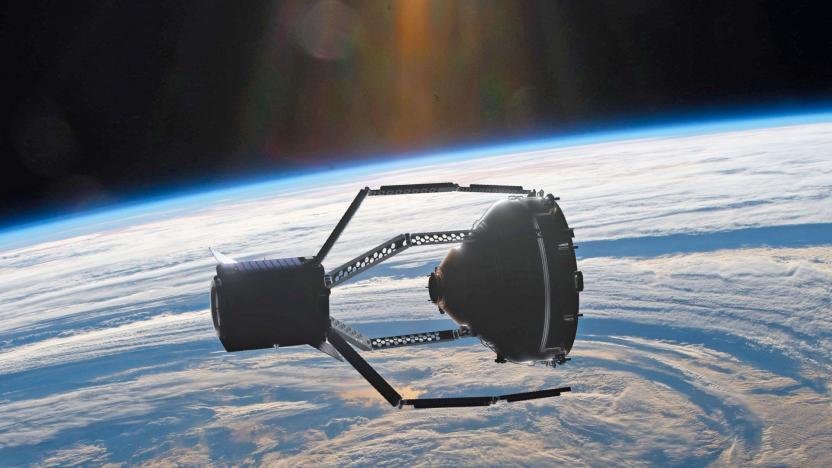
There's no easy answer to being a space janitor
Debris is piling up in Earth's orbit from decades of launches. Companies like Astroscale and ClearSpace are developing ways to remove some of that junk.
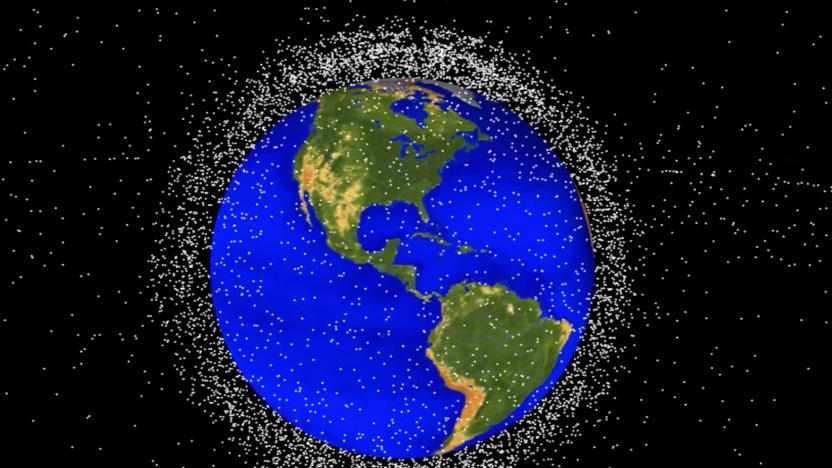
The FCC has begun fining companies over their dead satellites
Dish Network was fined $150,000 by the FCC after it failed to carry out the proper disposal plan for its decommissioned EchoStar-7 satellite in 2022.
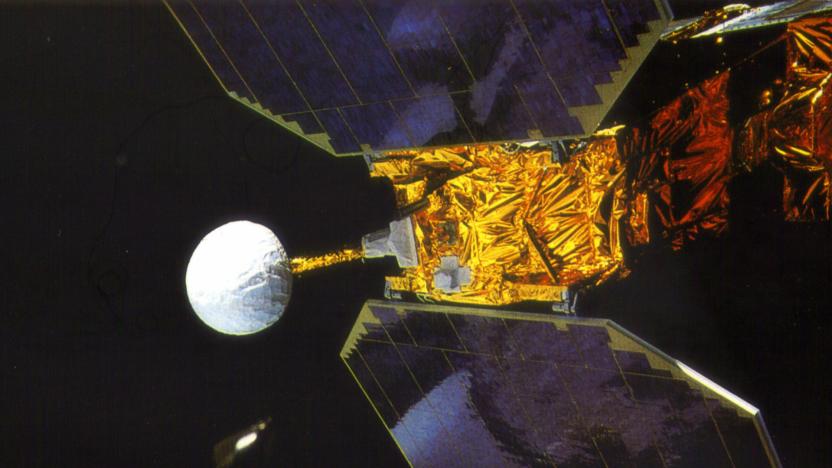
NASA's 38-year-old science satellite falls safely to Earth
NASA's dead 38-year-old satellite has plunged safely through the atmosphere — but you might not see many repeats in the future.
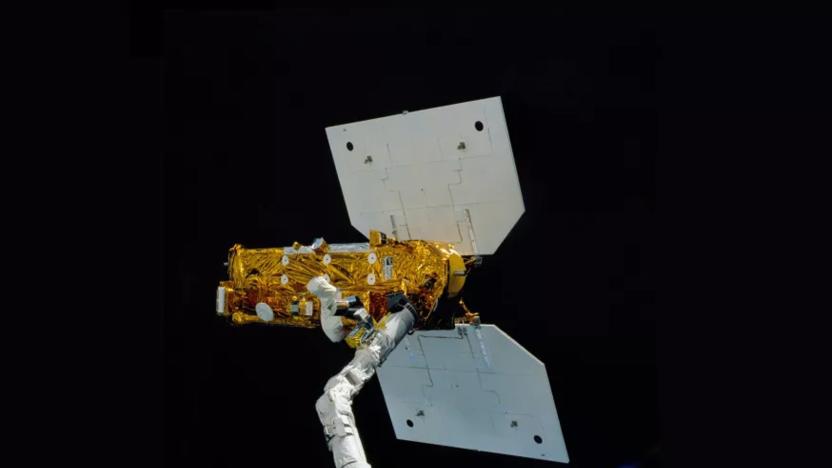
A dead NASA satellite is returning to Earth after 38 years in space
After nearly four decades in space, NASA’s retried Earth Radiation Budget Satellite is about to fall from the sky.
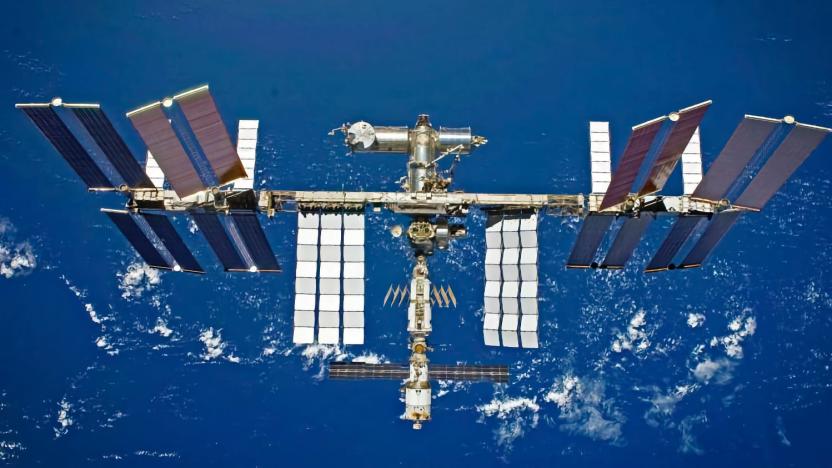
UN passes resolution to curb space debris from anti-satellite missile tests
The UN General Assembly passed a resolution designed to deter nations from blowing up satellites that create space debris.
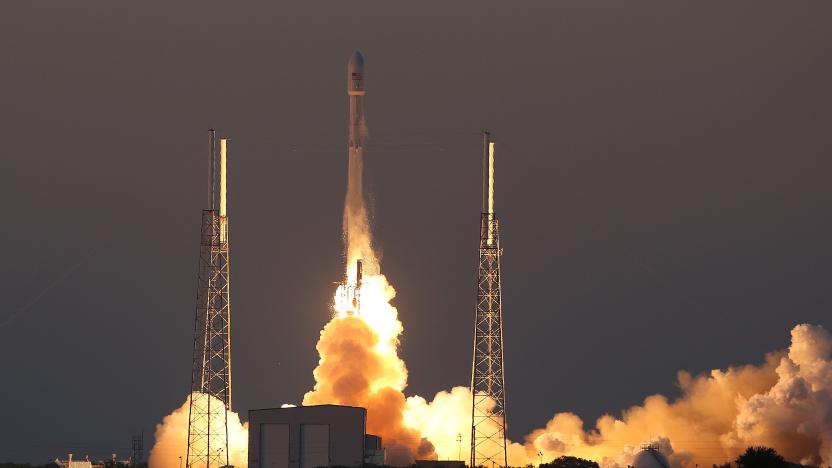
Recommended Reading: How do we deal with giant space garbage?
Recommended Reading highlights the week's best long-form writing on technology and more.

Real life 'Pac-Man' satellite will clean up space junk
The Swiss aren't big on littering, and that philosophy apparently applies to space, too. After the nation's EPFL Center for Space Engineering launched its first satellites (the tiny SwissCubes) into orbit, the very next mission planned was "CleanSpace One" to get them out of orbit. For one, the researchers didn't want to add to the reams of existing space garbage threatening other satellites and astronauts at speeds of up to 15,000mph. But mainly, they want to test a practical system for cleaning space junk with relatively small targets. After considering various systems, the EPFL has settled on a "Pac-Man" solution that will trap the satellites with a conical net.

UK engineers developing harpoon that could help space junk meet a fiery end
Sure, we can pull space junk out of orbit with lasers or use it to cobble together new satellites, but if engineers at space firm Astrium UK have their way, space trash could be disposed of with the help of harpoons. Currently in a conceptual stage, the system is designed to shoot defunct satellites or other debris with a harpoon mounted on a "chaser satellite" and use a tethered propulsion pack to send the rubbish in an atmospheric descent where it'll burn up. Since the projectile could shoot straight through targets and result in even more garbage, it's been fashioned with a crushable portion to reduce its speed upon impact. There's no concrete word on when the outfit's solution might be put in action, but they'll present their work on Wednesday at the 63rd International Astronautical Congress in Naples (Italy, not Florida, mind you). If you can't wait to see the harpoon at work, head past the break to catch tests of an Earth-based prototype.

Pentagon starts Phoenix trial to harvest defunct satellites, MacGyver new ones from orbit
The Phoenix Frankenprogram to harvest the corpses of expired satellites and cobble together new ones seemed like one of DARPA's more daft ideas, but this one has actually kicked off its first phase of development. The plan is to first launch a service craft -- replete with robotic arms and enough processing horsepower to work independently if needed -- followed by the tiny base-unit skeleton satlets. The service mothership would dip into an orbital area called the "graveyard", grabbing pre-chosen cadavers and picking off usable parts, especially valuable antenna arrays, with its robo-limbs. Those parts would be jury-rigged to the bare-bones units, creating usable Pentagon satellites and saving the $10,000 per pound launch cost. So far, a $2.5 million contract to develop the needed technology has been put in place, and bids for the no-frills satlets went out last week. Plenty of dirty work is still needed, so check the video after the break to see if the overly-elaborate plan can un-moot $300 billion of orbiting cold metal.

DARPA's Dr. Frankenllite could plunder space graves, create orbital abominations (video)
There are countless satellites, long deactivated, orbiting the Earth in what amounts to a giant cemetery in the sky. DARPA's Phoenix program sees these piles of junk not as refuse, but as a resource just waiting to be harvested. The plan is to re-engineer existing technology, like robots used in remote surgery and advanced imaging systems found in off-shore drilling platforms, for the harsh environment of space. The resulting orbiter would operate on the deceased (with the owners approval, of course), salvaging what it could and stitching them together to create new functional satellites. (Try storming those gates angry mob!) DARPA is also looking into building tiny "satlets" which could simply be clipped to the antennas of deactivated satellites, breathing new life into them and saving a significant chunk of cash. Head on after the break for a video of what the orbiting, robotic Dr. Frankenstein might look like as well as some PR.

In lasers we trust: NASA researches 5kW galactic trash disposal system
Space junk is a growing problem -- 200,000 pieces and counting -- and as the amount of earth's orbital debris increases, so does the chance some satellite will be involved in a cosmic collision. As this would cause much gnashing of teeth and woe for the affected terrestrial parties, some researchers from NASA's Ames Research Center have pitched the idea of moving said junk with a laser -- once again proving that everything's better with lasers. The idea is to use a 5kW ray, likely similar to the one we've got at the Starfire Optical Range, to slow our galactic garbage -- perhaps slowing it down enough to burn it up in earth's atmosphere. Current estimates say such a laser could migrate ten pieces of junk a day, which gives us the promise of a future with neat and tidy skies.

Australians develop space junk laser tracking system, still can't track space jams
Australian company Electric Optic Systems has announced its developed a laser tracking system which will be able to stop space junk -- discarded debris in orbit around the earth, of which there is currently over 200,000 pieces larger than 1cm -- from colliding with satellites and spacecraft. The new laser system is more precise than previous radars specifically because of its ability to track debris that is small, which can still cause major problems if encountered. Using a 3.5 million dollar grant from the Australian government, the company developed the system which it says will ultimately work best as a network.

'Refrigerator-sized' device to be heaved into space
If you thought hoisting a giant banana above Texas was outrageous, you may indeed chuckle to learn that a 1,400-pound refrigerator-sized container of ammonia will be jettisoned from the International Space Station next week. On July 23rd, to be precise, Expedition 15 crew member Clayton Anderson will have the, um, privilege of heading outside in order to toss "two large hunks of unneeded equipment towards Earth," and once ejected, they will be tracked by NASA for an entire year until they finally begin to enter the atmosphere. Notably, officials are still not sure where the debris will land just yet, but if you happen to find your fridge replaced with a partially disintegrated (albeit similarly sized) container of fetid material in the next year or two, you'll know exactly what went awry.[Image courtesy of MSNBC]









